The creative enclave just two hours from Tokyo
In this haven of art and nature, you can stay in monks’ quarters, try taiko drumming and buy highly sought-after ceramics.
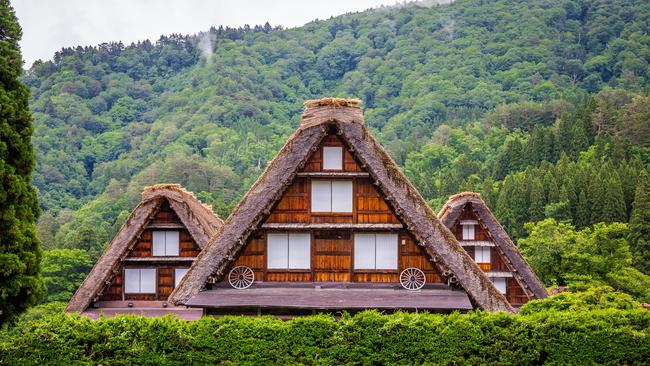
In this haven of art and nature, you can stay in monks’ quarters, try taiko drumming and buy highly sought-after ceramics.
1 VILLAGE PEOPLE
Best known for its steep-thatched gassho-zukuri houses in Gokayama village, a UNESCO World Heritage site much photographed in winter, Toyama prefecture stretches from the 3000m-plus peaks of the Tateyama Mountains to Toyama Bay on the Sea of Japan. In between is the vast Tonami Plain which, unlike the plains of Japan’s Pacific coast, is not covered by a sprawling megacity (although it is accessible from Tokyo by bullet train in about two hours). Instead, the Tonami Plain’s unique topography has given rise to a distinctive landscape of scattered villages (sankyo-son) comprised of dispersed homesteads characterised by majestic, east-facing azumadachi farmhouses, with black latticework, white gables and black-tiled roofs. Each is surrounded by rice paddies and a “house forest” of cypress, cedar and zelkova that provide firewood but also act as a windbreak. Viewed at sunset from Yumenotaira observatory, the homesteads have the appearance of islands, with their closest neighbours one or two rice paddies away, but community ties are strong, fostered over centuries working the land.
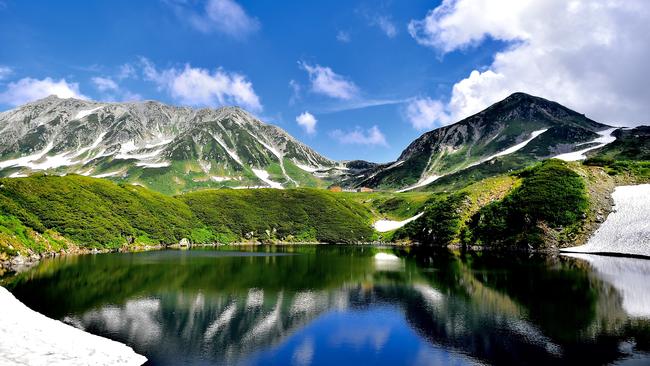
2 NEW WAVE
Tonami’s scattered villages are beautiful but precarious, their fabric and culture threatened by issues that affect many places in rural Japan, including unsympathetic development, ageing population and the lure of the cities. In the village of Nomurajima, a visionary project to nurture and revitalise the landscape through tourism draws visitors to a newish art hotel, Rakudo-an (see Best Beds), in a transformed azumadachi. Here, guests can switch to a slower gear to immerse in local life, taking part in meditative calligraphy at the nearby Pure Land Buddhist temple, Koenji, or joining the local taiko drumming team’s midweek rehearsal at Kuano Shrine (participation encouraged). A guided morning stroll around the paddies and irrigation channels is the chance to see farmers at work, to watch herons catching frogs, and to soak up the spirit of this peaceful place where humans and nature coexist.
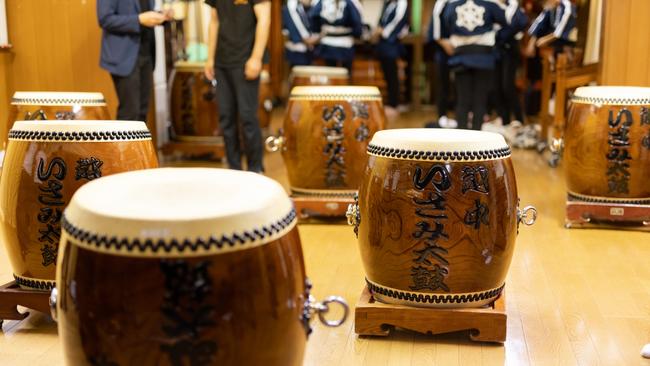
3 TEMPLE ARTS
Pure Land Buddhism is deeply rooted in Toyama and connected with the mingei (folk crafts) movement that developed in Japan in the 1920s, celebrating the work of anonymous craftspeople who mass-produced objects of beauty for everyday use. Aesthete and thinker Yanagi Soetsu, one of the movement’s founders, wrote a major thesis at Zentokuji, an important temple in Johana, on the edge of the scattered villages. The temple is open to the public, has serene co-working spaces and hosts workshops to make Buddhist rosaries. There is also excellent visitor accommodation, Moritosha, in the adjacent monk’s training dojo. In Fukamitsu town, Kotokuji temple – the temporary wartime home of mingei printmaker Shiko Munataka – has an astonishing collection of folk art from across the world, anchored by Muntaka’s prints, calligraphy and a significant work painted in 1944.
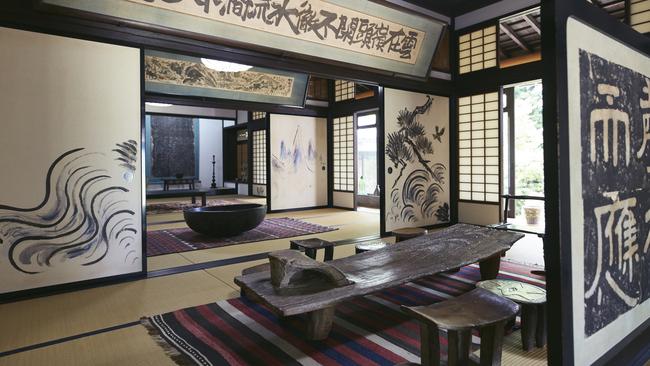
4 FINE AND HANDY
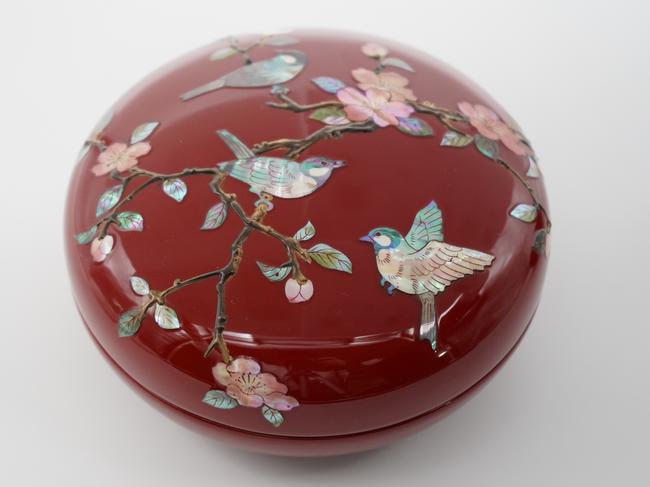
Fine arts flourish, too, as a legacy of the patronage once afforded by feudal rulers of the Kaga Domain, of which Toyama was once part. Many long-established Toyama firms are custodians of vanishing, age-old skills and yet have found ways to innovate and thrive. Takeshi Musashigawa of Musashigawa Kobo is a fourth-generation specialist in the art of aogai-nuri, a blue-hued mother-of-pearl shell inlay unique to Takaoka and found in shops across the city. His workshop displays intricate artworks and functional objects in traditional lacquerware but also “new” materials such as glass. Two exquisite tables and a box, intricately inlaid with thin slices of shell by his forebears, sit alongside his own contemporary masterpiece of a stunning lacquer skateboard emblazoned with a raden skull, licked with shimmering mother-of-pearl flames.
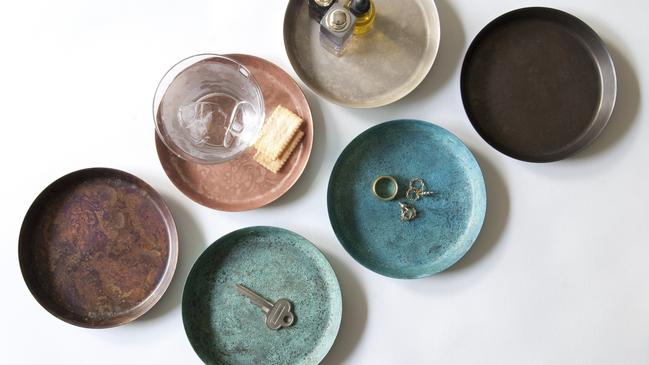
5 HOME TRUTHS
At Momentum Factory Orii, a Takaoka copperware workshop, fourth-generation owner Koji Orii has evolved the family business from casting statues and Buddhist tools in bronze to creating eye-catching interior products from ultra-thin copper sheets, which he treats with natural, reactive materials, such as fermented rice bran paste or ohaguro (a mix of iron filings and vinegar once used to blacken teeth). Orii’s surprising patinas in patterns and colours include his signature Orii Blue. At nearby Nousaku, established in 1916, a shift from casting bronze artefacts to home accessories in 100 per cent tin has given the manufacturer a new lease of life. Its signature Kogo basket in malleable tin stormed the design world when it was launched almost 20 years ago, and its slick, newly built factory offers free tours, hands-on workshops and a popular cafe.
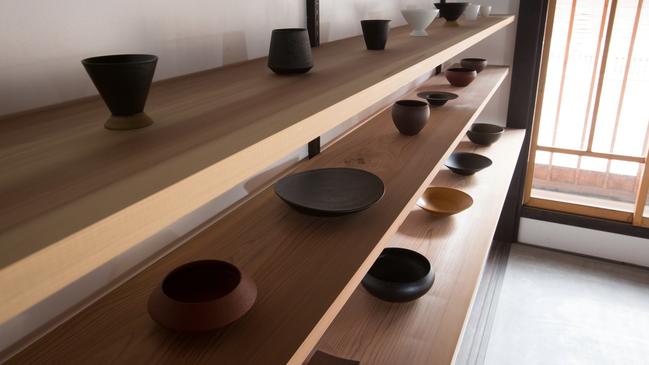
6 POTS AND PIECES
There’s a one-year wait for commissions from edgy sculptor and potter Gaku Shakunaga, whose distinctive tableware is beloved of Michelin-star chefs. Each piece is handmade in clay but has the appearance of another natural material, such as cork, leather or red lacquerware (another traditional Toyama craft). His by-appointment gallery, in a sensitively renovated, historic shophouse in Iwase, is the place to pick up his covetable pieces without the wait. Meanwhile, in Johana, exuberant artist Kim Kyungduk experiments with all kinds of shapes, scale and glazes at his home-pottery and gallery in an old farmhouse in the rice paddies. Originally from Korea, Kim combines his deep knowledge of his birth country’s pottery techniques with an energy and spiritual sensibility inspired by 27 years in the sankyo-son. His rustic gallery, full of one-offs, is open daily and his works can also be seen in Il Clima restaurant at Rakudo-an.
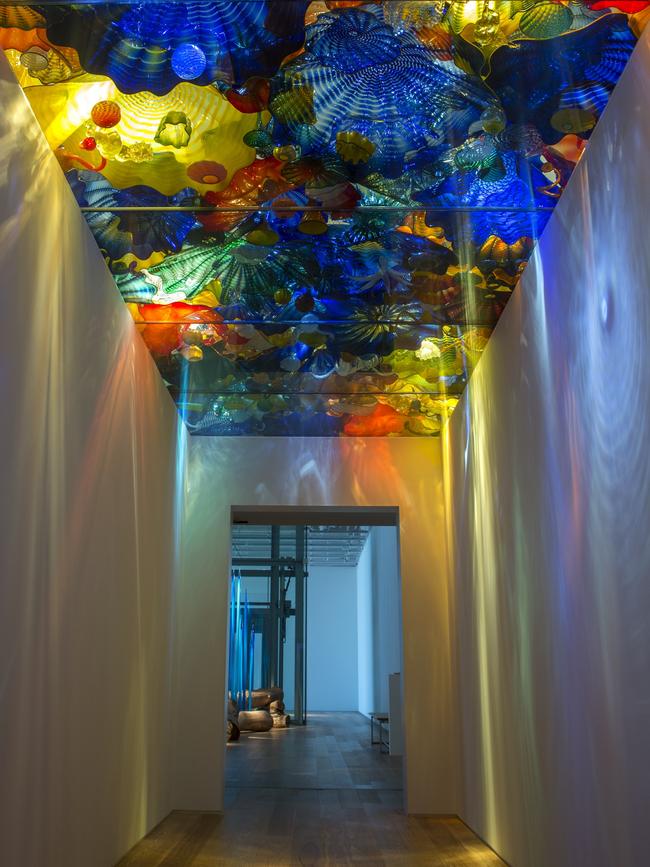
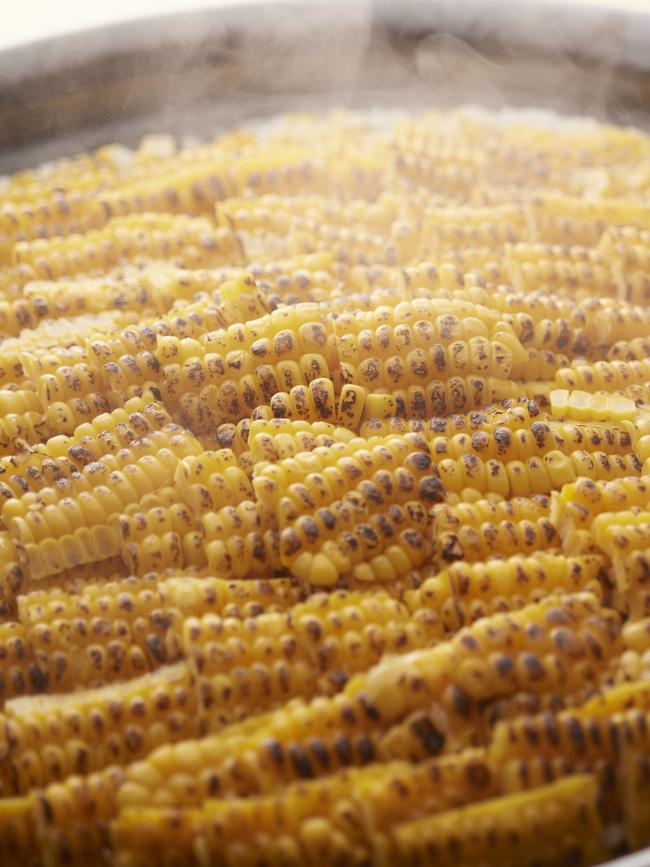
7 GLASS WITH CLASS
Toyama City is renowned for glass making, so it seems appropriate the technical, curved windscreen of the Hokuriku Shinkansen (bullet train) that serves the city (en route between Tokyo and Tsuruga) should have been made here. The Kengo Kuma-designed Toyama Glass Museum in the city centre houses changing displays from glass artists in Toyama, across Japan and worldwide. Its permanent collection by Dale Chihuly, in collaboration with Toyama glass artists, is sublime, especially Toyama Float Boat, a 10m-long installation featuring a wooden cormorant fishing boat filled with giant colourful, hand-blown balls that have the apparent lightness of balloons. In Iwase, graduate of Toyama Glass Art Institute, celebrated artisan Taizo Yasuda of Taizo Glass, showcases covetable, Venetian-style glassware at his gallery, open to the public three days a week.
8 STARRY NIGHTS
Taizo Yasuda’s delicate glasses, and cups by Gaku Shakunaga, are among the plethora of artisan vessels from which to choose to sip sake at Oryouri Fujii, a two Michelin-star restaurant in Iwase. A former trading port north of Toyama City, Iwase’s 400m-long high street has no fewer than six Michelin-guide restaurants, including Oryouri Fujii, where chef Hironori Fujii serves a 10-course banquet of seasonal delicacies, such as bioluminescent firefly squid and glass shrimp from Toyama Bay. (It’s surely the only Michelin-starred restaurant that parcels up guests’ leftover rice into onigiri rice balls to take away in neatly wrapped furoshiki cloths.) Beyond Iwase, seek out Wakana in Himi City for unmatched sushi, while friendly farmhouse restaurant Okado in Tonami serves hard-to-find Buddhist celebration cuisine. Foraged sansai (mountain vegetables) and Toyama rice are key at Yuinote, a homely cafe-restaurant run by a couple who moved to Tonami Plain to grow Toyama rice after tasting it at a farmers’ market in nearby Kanazawa.
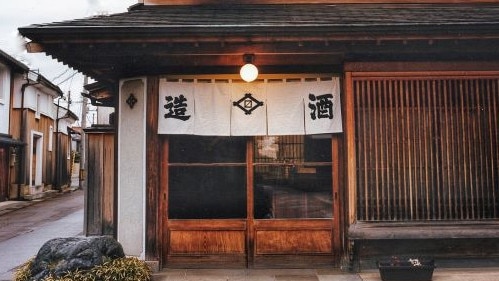
9 BREWS AND NEWS
Twenty-six years ago, Iwase was becoming a dilapidated townscape of shuttered shopfronts and unloved buildings, with the glories of its Edo heyday as a wealthy port on the valuable Kitamae trading route from Hokkaido to Osaka long since forgotten. That was until local sake maker Ryuichiro Masuda, fifth-generation head of Masuda Shuzo brewery, stepped in with a vision to halt its decline and return pride to the town. Now, 40 renovated buildings later, Iwase is again a thriving centre of high-quality crafts and gastronomy. Alongside the plethora of artists’ studios, galleries and restaurants, a brew pub has opened, and there are museums in the former homes of wealthy Kitamae merchants, plus a vast sake warehouse, Tajiri, selling bottles from across Japan, including many of Masuda’s 100-plus sakes, from freshly pressed to unpasteurised and aged varieties.
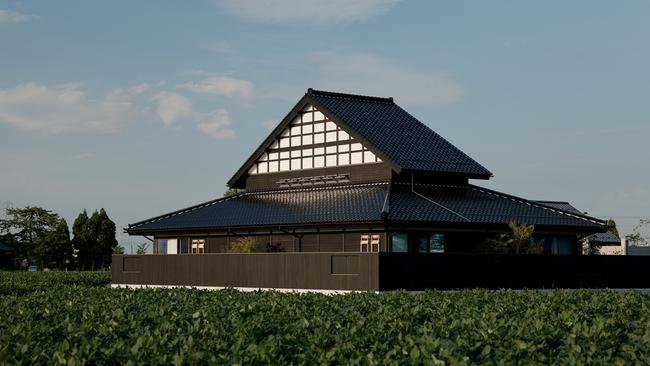
10 BEST BEDS
Set among rice paddies in the sankyo-son, Rakudo-an is an unforgettable place to stay, with a fine-dining restaurant using hyper-local ingredients, and three luxurious rooms crafted by artisans and decorated with museum-quality artefacts. Service is impeccable (with English and French-speaking staff), and the attention to detail is staggering. Tailored pyjamas are by Matsui Kigyo in Johana, Toyama’s last silk factory, in collaboration with local designer Taichiro Takamatsu, who once worked for Christian Dior. Two per cent of the accommodation rate goes into a fund to maintain the sankyo-son’s home forests, with tree prunings made into essential oils for the room scents. For families, Kaze no Sanzun, a pair of high-spec private rentals in adjacent Edo shophouses in the historic metal-casting district of Kanayamachi, are an alternative, and sleep up to four or eight guests.
If you love to travel, sign up to our free weekly Travel + Luxury newsletter here.


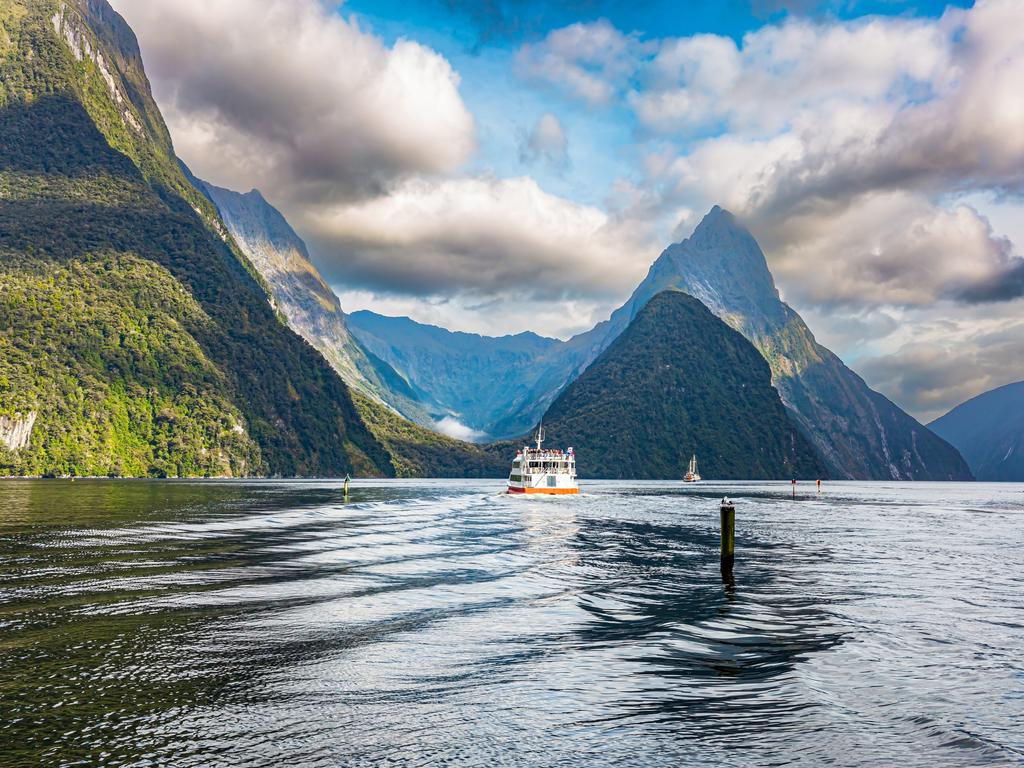
To join the conversation, please log in. Don't have an account? Register
Join the conversation, you are commenting as Logout